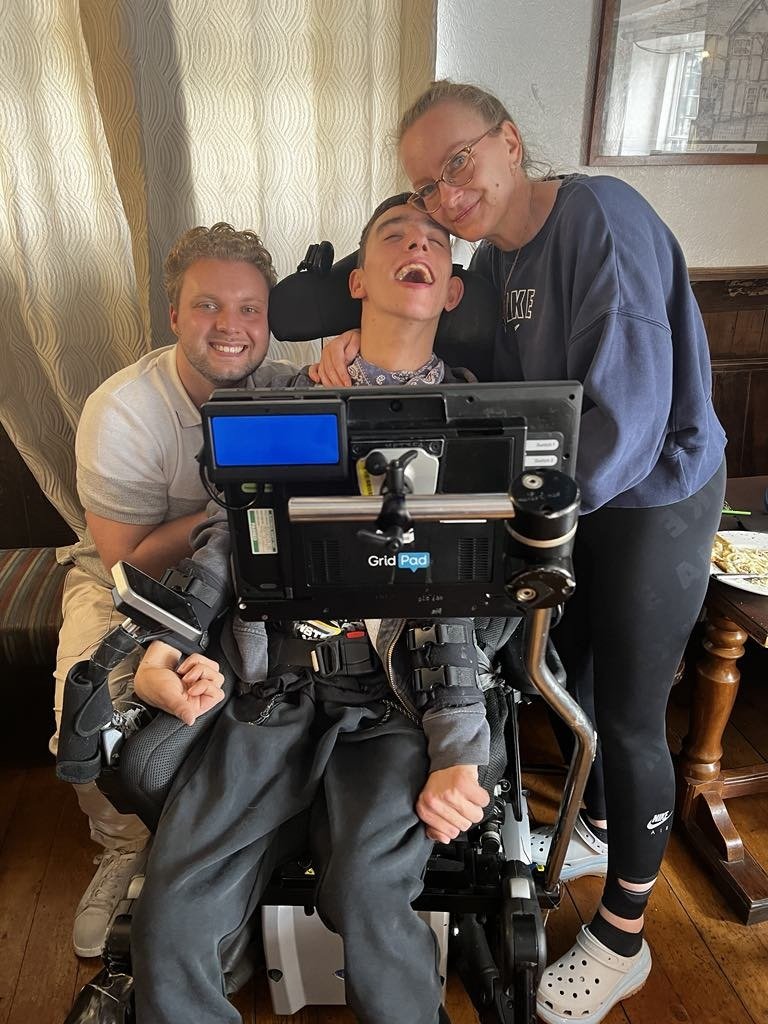War has been one of the most enduring subjects in cinema. American War Movies have reflected shifting political climates, evolving technology, and changing public attitudes toward conflict. They tell stories not only about battles but also about the human cost of war. From patriotic propaganda to grim realism, the way these films are made has changed as much as the wars themselves.
The Birth of the War Film
Early portrayals and silent era influence
In the early 20th century, American filmmakers began experimenting with war stories in silent cinema. These films were often simple in plot and focused on heroism. The First World War provided a backdrop for early productions that depicted soldiers as brave defenders of freedom. Without sound, directors relied on expressive acting, intertitles, and large-scale battle scenes to convey the drama.
The influence of theater was strong in these early films. Sets were sometimes artificial, and the emphasis was on grand gestures rather than nuanced character development.
World War II and the rise of patriotic storytelling
During the 1940s, American War Movies were deeply tied to propaganda. The U.S. government worked with studios to create films that boosted morale and supported the war effort. Heroes were clear, enemies were villainous, and the outcome was always a victory for justice.
The visual style of these films often used bright lighting and clear framing to emphasize hope and unity. There was little room for moral ambiguity, and the purpose was to inspire rather than question.
The Shift to Realism in the Postwar Era
The Korean War and early skepticism
By the 1950s, films about the Korean War began to hint at the psychological strain of combat. While still respectful of military service, some productions started to explore personal loss and emotional trauma.
This was also the era when battlefield cinematography improved. Portable cameras allowed directors to shoot in more rugged outdoor locations, making scenes feel more authentic.
Vietnam War and the breaking of tradition
The Vietnam War transformed American War Movies in a dramatic way. Filmmakers began challenging patriotic narratives. The 1970s and 1980s saw works that depicted the chaos, futility, and moral complexity of war. These films often portrayed soldiers as flawed and deeply affected by their experiences.
Cinematography became grittier. The camera moved closer to the action, capturing the confusion and fear of combat. The sound design also evolved, with realistic gunfire, explosions, and the disorienting noise of battle.
Expanding Perspectives
Stories beyond the battlefield
From the late 20th century onward, many war films began to focus on the lives of soldiers before and after combat. They explored the struggles of returning home, dealing with post-traumatic stress, and rebuilding personal relationships.
This shift opened the door for more intimate storytelling. Directors used quieter, character-driven scenes alongside battle sequences to create a fuller picture of the human experience of war.
Inclusion of multiple viewpoints
Modern American War Movies often include perspectives from civilians, journalists, and even former enemies. This approach broadens the scope of the narrative and reflects a more global understanding of conflict.
The Role of Technology in Changing War Films
Advancements in special effects
Modern filmmaking technology has revolutionized how war scenes are depicted. In the past, large-scale battles required hundreds of extras. Today, computer-generated imagery can create massive armies and realistic destruction with fewer resources.
These tools also allow filmmakers to recreate historical battles with great accuracy. Digital effects can replicate uniforms, weapons, and landscapes that might be impossible to build physically.
Immersive sound and cinematography
High-definition cameras and advanced sound recording have increased the realism of combat scenes. The use of handheld cameras can place audiences directly in the middle of the action. Surround sound makes the viewer feel the impact of explosions and gunfire in a way that was not possible decades ago.
Shifts in Tone and Message
From celebration to reflection
Earlier war films often celebrated victory without focusing on the cost. In contrast, many modern productions question the purpose and consequences of conflict. Themes of loss, trauma, and moral uncertainty are common.
This change reflects broader shifts in society. Public trust in institutions has fluctuated, and modern audiences often expect a more honest and critical portrayal of war.
The balance between entertainment and truth
While some American War Movies still aim to thrill with action, many strive for historical accuracy and emotional authenticity. This balance is delicate. Too much realism can be disturbing, while too much stylization can feel dishonest.
Modern Examples and Cultural Impact
War as a backdrop for complex narratives
Contemporary war films sometimes use conflict as a setting for broader human stories. These might involve friendship, family bonds, or moral dilemmas that could exist outside of a military context.
The wars of the 21st century, particularly in Iraq and Afghanistan, have inspired a new wave of films that address modern political and social issues. These include debates over foreign policy, the role of the media, and the treatment of veterans.
The continuing influence of the genre
Even as styles and messages change, American War Movies remain an important part of cinematic culture. They shape how audiences remember history and understand the personal experiences of those involved.
Looking Ahead
The future of war films
Emerging technologies such as virtual reality could transform how audiences experience war stories. Viewers may one day step into fully immersive environments that recreate battles from a soldier’s point of view.
Filmmakers may also continue blending war narratives with other genres, creating hybrid stories that combine historical drama with thriller or science fiction elements.
Enduring themes
Despite all the changes in style, technology, and tone, certain themes remain constant. Courage, sacrifice, fear, and survival are at the heart of most war films. These universal human experiences ensure the genre will continue to evolve while maintaining its core emotional impact.
Conclusion
From silent depictions of heroism to modern reflections on moral complexity, American War Movies have undergone profound changes. They have shifted from clear-cut propaganda to layered explorations of the costs of conflict. Advances in technology, changes in public opinion, and evolving cinematic techniques have all shaped the genre’s trajectory.
Yet the central purpose remains the same: to tell stories about the human experience in times of war. Whether through realism, spectacle, or quiet reflection, war films continue to hold a powerful place in American cinema.





